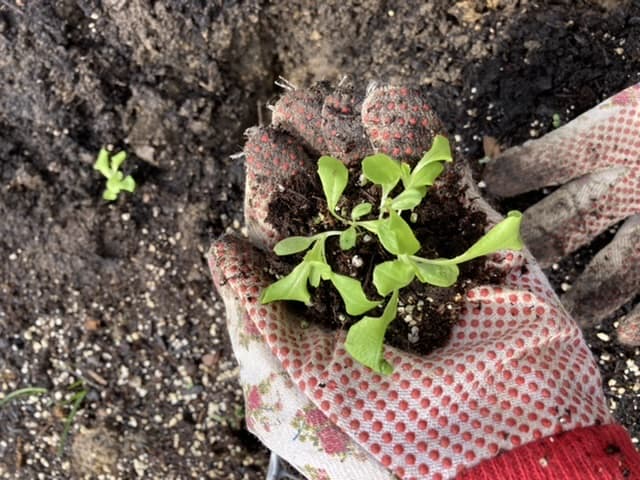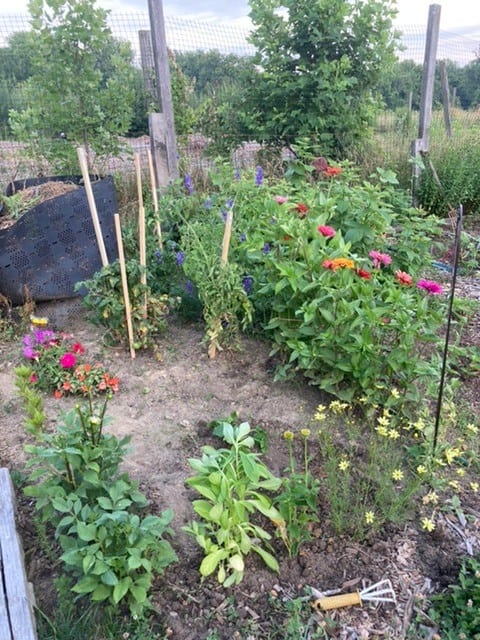Gardening Made Simple
By Kimberly Kweder
Editor’s note: This week Kimberly Kweder fills in for Gardening for Health columnist Maria Price.
While many people have embraced a new craft or even a new puppy during the pandemic, I shifted my mind to the dirt. I enjoy getting my hands dirty and worn from weeding and figuring out what can work in my community garden plot.
I started gardening at Hollywood Farm in Arnold last year. I volunteered at the community plots, helping out with re-arranging strawberry patches and weeding around the fences and trimming down overgrown plants. This year, I have a small plot shared with another gardener where I’m growing tomatoes and flowers.
I got involved in community gardening through Grow Annapolis, a non-profit organization dedicated to community outreach through gardening, education, and food accessibility. I filled out an online registration form on their website and found activities during the season for volunteers to come together.
So far there’s a waitlist for upcoming plots at the gardens, however, there is talk of them expanding to new areas.
Grow Annapolis has only pesticide-free plots—it’s all organic only. This is very important for the pollinators and birds to have a safe place for eating, and it’s to safeguard us humans as we learn about the potential harm these chemicals do if we ingest them through food.
It’s been a lot of fun growing zinnias from seed, and then seeing them sprout to almost 5 feet tall in just a matter of a few months and watching butterflies zip by. The best time to start zinnia seeds is indoors around March and April using a plant light. Or, you can start them outdoors at the end of April. They take a few weeks to start growing. Zinnia do best in bright light all day long. Be prepared to have large blooms with long stems. This year I had to buy garden stakes to help prop them up from leaning over!
I think showy colors are what appeals to me in plants—and plants that need minimal attention. Rudbeckias, cornflower, tick seed, larkspur, dahlias, salvia, petunias, and marigolds are definitely easy to manage. The more delicate and trickier plants I experienced this year would be gerbera daisies, delphiniums, and hyssops, because they need plenty of water and when it is above 90 degrees outside they really suffer from the heat.
I’ve also really enjoyed sharing my community plot with a friend and helping her learn native plants. We have dug up a neglected patch and tried our hands at growing wildflowers and lilies. It’s been a healthy experience for both of us as we try to shake out our anxieties and personal struggles.
If community gardening sounds like a good fit for you, there are plenty of other avenues to get involved. GreenScape has an annual spring event where hundreds of volunteers gather at different sites throughout the City of Annapolis to plant tulips, daffodils, and other plants. They also host a fall event, usually posted on the City of Annapolis website.
Gardening is extremely helpful for my mental health, well-being and patience. I hope to eventually have my own greenhouse and grow a flower business of my own.
Kimberly Kweder lives in West Annapolis and is a USC MPA graduate. She loves dogs, beaches, and painting and blogs at kimberlykweder.com.


